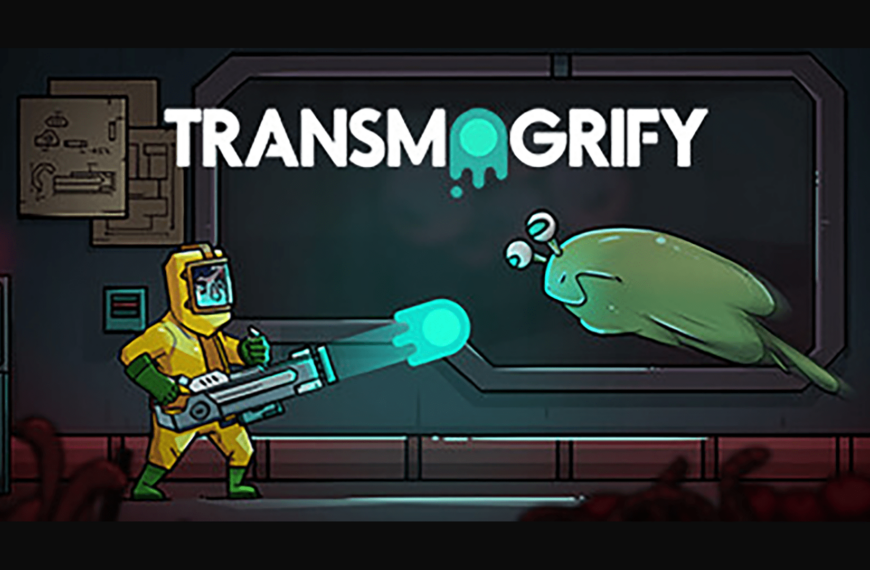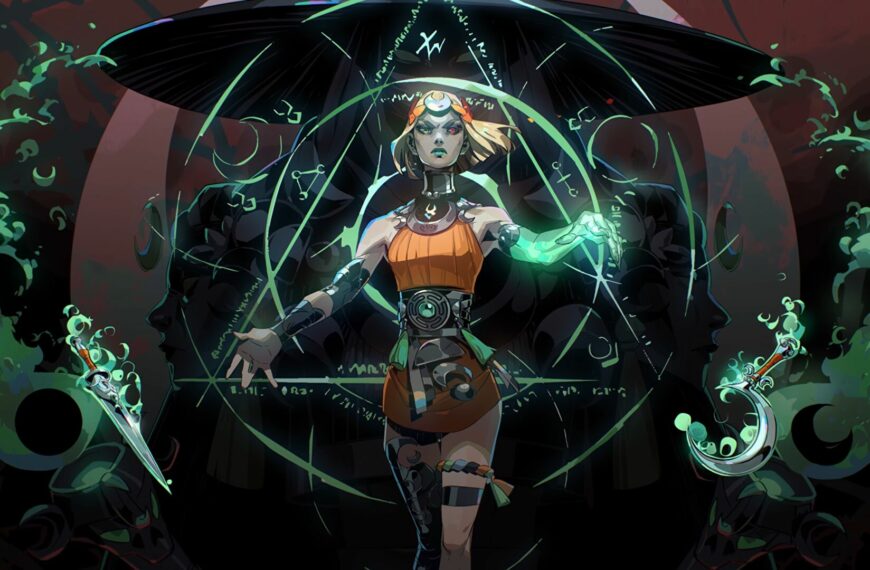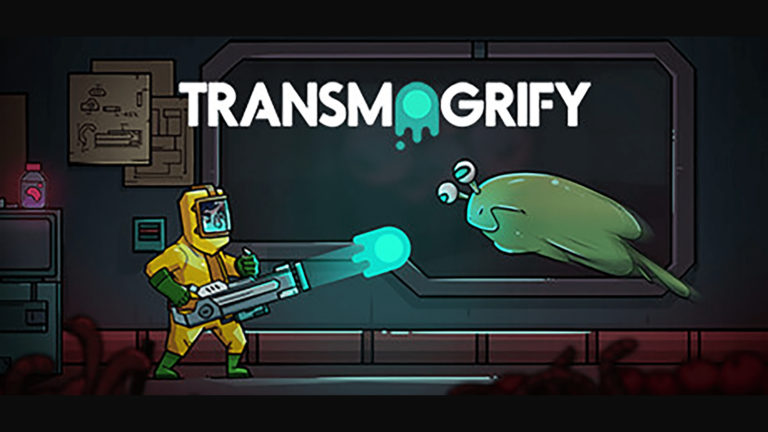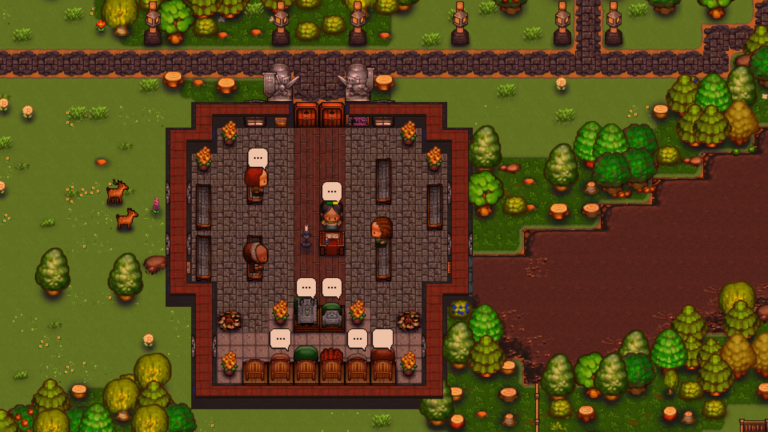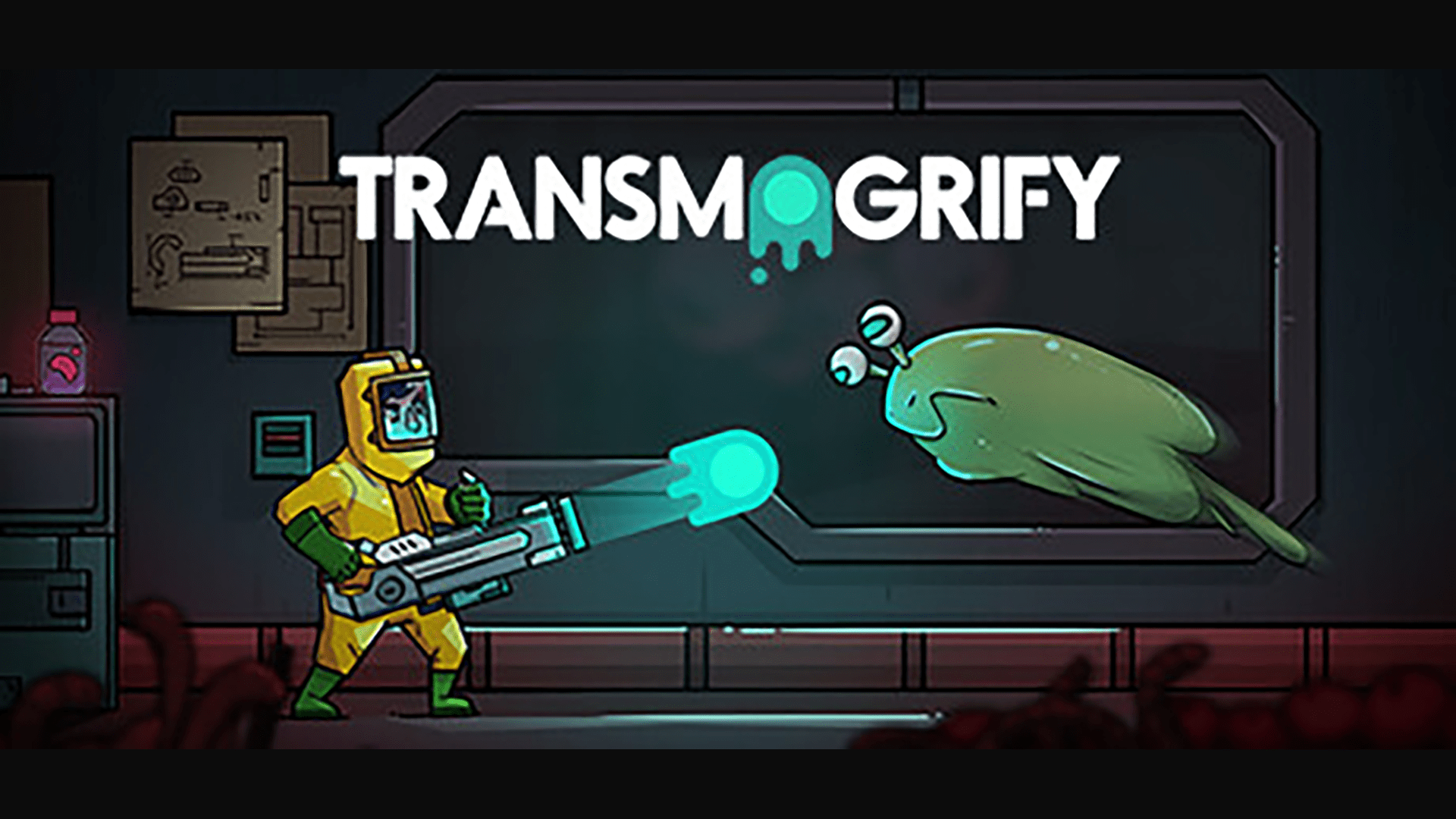Grimm’s Hollow is a short freeware RPG about being a fledgling Grim Reaper. It is a surprisingly lighthearted game given that premise. This is partly due to the context of being a Grim Reaper in the world of Grimm’s Hollow and partly due to just how much this game oozes with charm.

Spirit of Adventure
To be perfectly honest, I’ve never been a fan of the Action Turn Battle system. I’m not certain if that’s what they’re officially known as, but that’s what I first heard it called and I’m sticking with it. The Action Turn Battle system is one in which every character in battle moves independently by having a countdown to their individual turns. Handled poorly and the player is forced to wait an agonizingly long time before they can act. Handled well and the player is still forced to quickly jump through menus to attack before the opponent’s turn comes back around because they were taking too long to strategize. Admittedly this last one is dependent on the specific game using the Action Turn Battle system, but I’ve seen it more than I haven’t. I’m sure you can guess which way Grimm’s Hollow went.
Grimm’s Hollow makes use of a few different action commands (or quick-time events, depending on how you want to label them) in battle. When you make a basic attack, you have to time an input with an onscreen prompt. Getting it close to the center deals substantially more damage. Similarly, certain enemy attacks can be dodged by matching their own on-screen prompt, letting you avoid damage completely. This system is interesting and means you have to pay attention to the battle, as well as giving you a heads-up as to which attacks are more dangerous to take head on.
Unfortunately, the Action Turn Battle system rears its head. Enemies can force you to perform the dodge prompt, possibly multiple times in a row, while you’re messing around in a menu looking for the attack you want to use. And inputting the command to dodge can move you in those menus. There’s also a chance that the game will eat your input after you’ve dodged, for example if you wanted to move down the menu to the attack below the one you have selected. Fortunately, you have to target an enemy to actually use any attack, giving you the chance to back out and correct the error, but that gives the enemy more time until they attack again.
Also Read
Transmogrify PC Review: The Best Way To Defeat An Enemy
Transmogrify is a game with a strong central idea let down by a shoddy execution resulting in an experience that is…
Defy the Gods as a Witchy Moon Goddess in Hades 2
Supergiant announces Hades 2 for 2023 at the 2022 Game Awards. The sequel promises dark sorcery, witchery, and more frenetic roguelike…
Ignoring the faults of the Action Turn Battle system, combat in Grimm’s Hollow is really interesting. The Ghosts you’re fighting come three different colors: red, blue, and purple. These colored ghosts are vulnerable to special attacks of the same color. And there are also physical moves you can make with your scythe in addition to your basic attacks, most of which have some additionally benefit, like ignoring or permanently negating enemy defense, hitting multiple targets, or getting another turn right away.
All of your moves require a special resource called SP to use. Unlike traditional MP or other similar Mana bars, SP has to be built up by using your basic attack or by consuming an item.
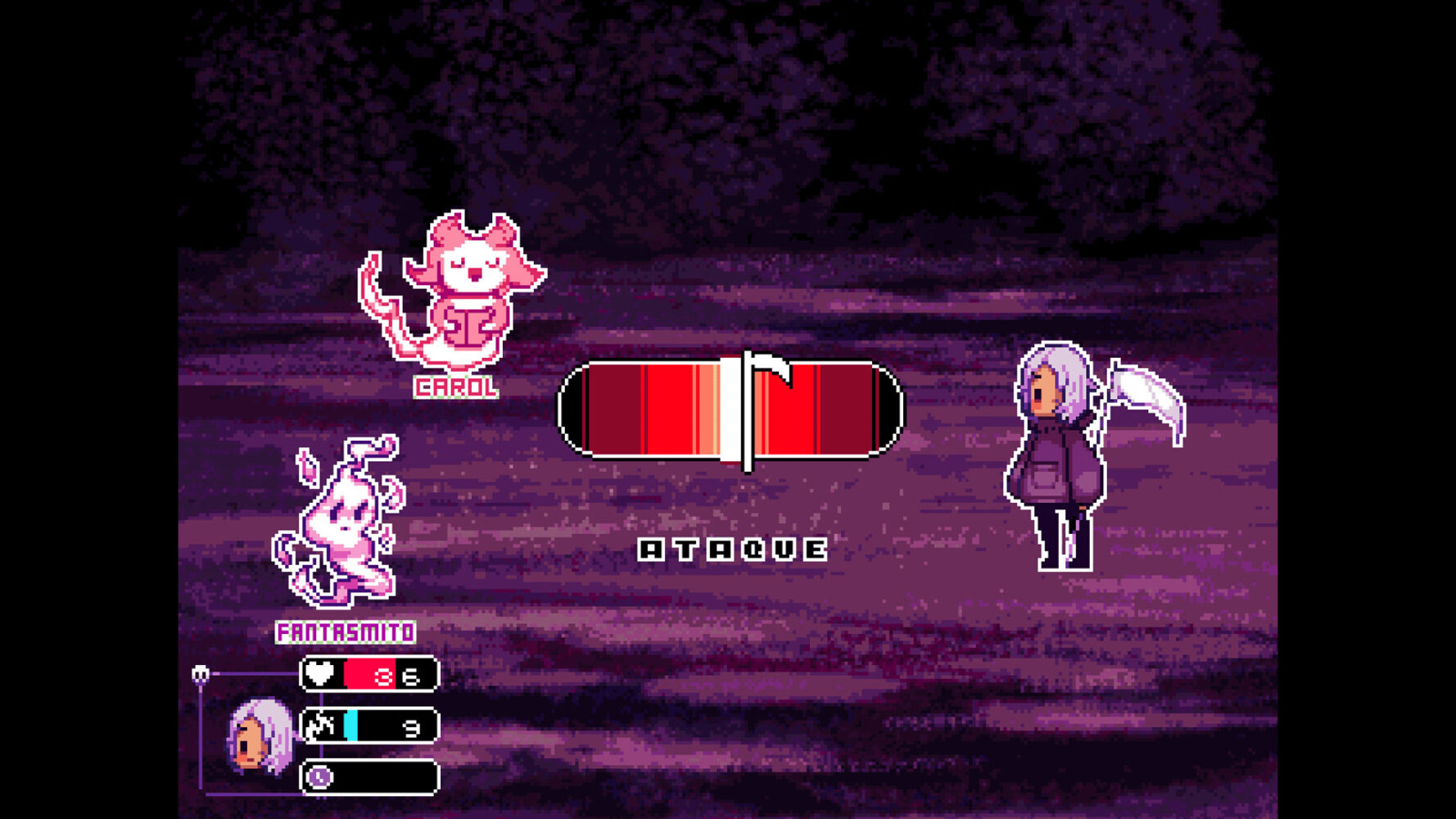
But how do you get new attacks to use? After all, Grimm’s Hollow does not have levels or any kind of level-up system. Instead, it has something that vaguely resembles a skill tree. Let me explain. In a skill tree, to unlock any specific skill, you must have unlocked all previous skills along a branch from the start to reach the desired skill. In Grimm’s Hollow, you can unlock any node on the skill tree as long as you can afford it. There are no real branching paths. I’ll refer to this as a Skill Map instead.
In addition to learning new skills on the Skill Map, you can also upgrade your previously unlocked skills by spending increasing amounts of money on them. This is also how you upgrade your primary stats: Health, Defense, Attack, Speed, and Spirit—your Special Attack, basically. The Skill Map gives you a lot of freedom for how you want to improve your character or what you can do to handle enemies outpacing your damage in battle. I should also mention that completing the Skill Map and fully upgrading every node is a requirement for two of the game’s four endings. I’ll detail that a little later.
Grimm’s Hollow is a short game, only about two hours long. You have a small hub area, the town in the Hollow, and three caves filled with Ghosts. These caves are the game’s dungeons, more or less, although there’s really only a single boss fight in the game, at the very end. Navigating these dungeons requires good situational awareness, thanks to the secret passages within the caves. These passages are found by examining a wall, which then explodes open. Of course, not every wall is a secret passage. Determining their location through environmental clues is key to progressing. There are also certain secret rooms accessed through other means, like defeating all of the ghosts in the area.
You can also find other reapers in these caves, usually having come out the worse for wear in a fight. Helping these reapers out gives you some quick rewards. Basically, finding them are side quests.
Grimm’s Hollow does not have random encounters. Instead, ghosts roam the overworld, and coming into contact with them results in a battle. These ghosts do respawn after you leave the immediate area, but it’s far easier to traverse without having to deal with random encounters bogging you do. There are also stationary ghosts blocking off items and money pick-ups.
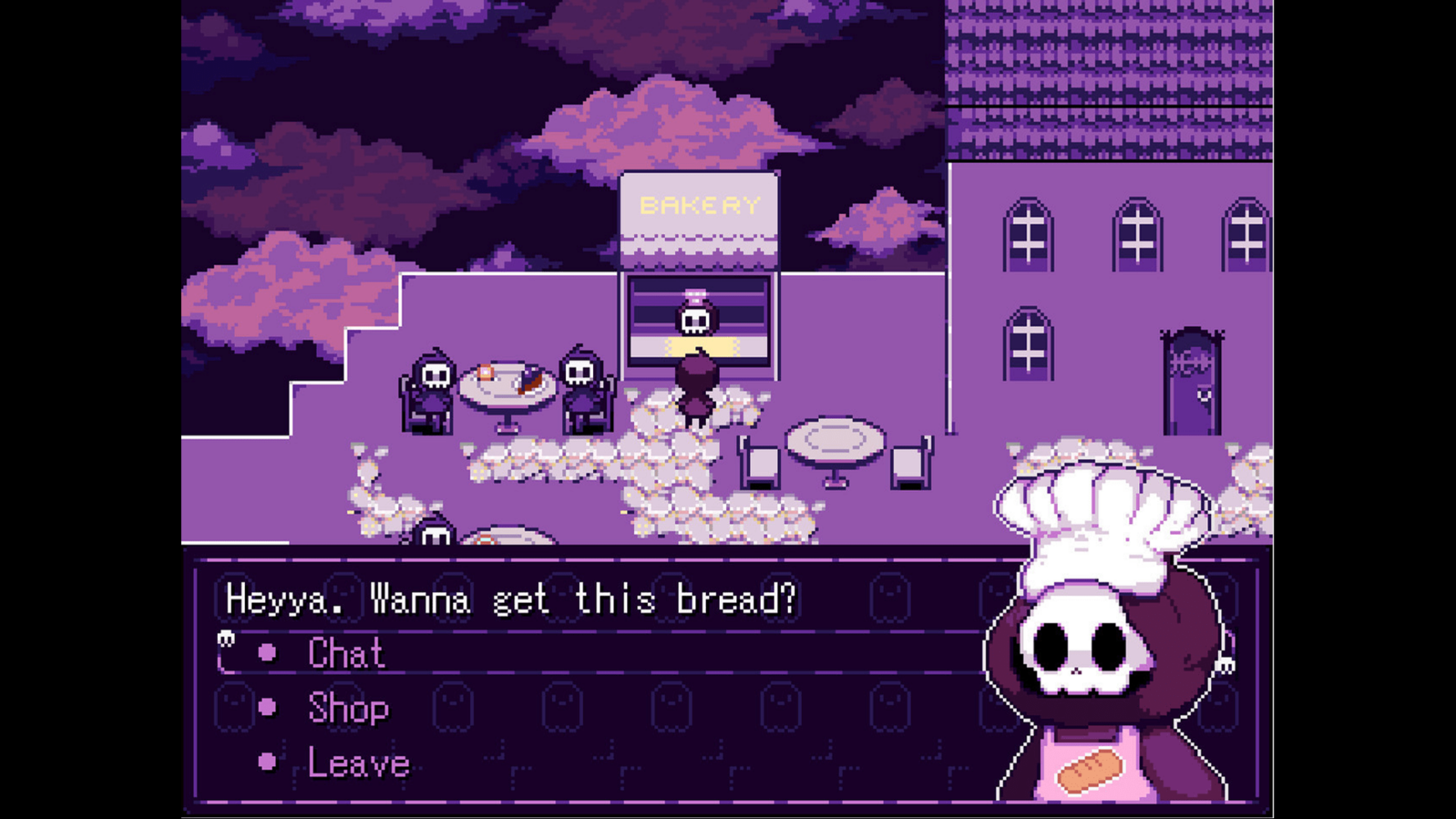
Haunting Presentation
Grimm’s Hollow has a delightful pixel-art style. Like many games, it isn’t exactly replicating any retro game styles. The pixel art is just how the game looks.
Important characters have portraits that appear over text boxes while speaking. These portraits are not animated, but they are considerably more detailed than the overworld sprites, and many of them have some level of variation to them based on the character’s emotions. This is played not only for comedy and charm, for but for some dramatic moments at the end of the game. Especially in the bad endings.
There are also large still images that appear at certain points, much like a visual novel. These scenes drop the pixel-art style for a more painterly style. Generally, these scenes are moment of emotional introspection by the protagonist.
Interestingly, the names of enemies are part of their battle sprites rather than appearing in a menu when you target them. This is especially notable with two groups of enemies near the end of the game. One of these groups is two lovers, each of which forms half of a heart. The other is called ‘Trio’ and consists of three ghosts. Eliminating these ghosts causes the name to fade away until it’s just ‘o’.
Attack animations are really quite detailed, including some full animations of the protagonists’ physical attacks. There are also some rather funny attacks, such as a strongman type enemy whose ‘Flex’ attack is represented as a disembodied flexing arm that flies at you.
The music in Grimm’s Hollow isn’t overly complicated, but it has a good rhythm to it and I enjoyed listening to the soundtrack while playing the game.
But the story is definitely where Grimm’s Hollow shines. Our protagonist, a girl named Lavender, has recently come down with an unfortunate case of deceased. She awakens as a new Grim Reaper in the titular Hollow and learns that Reapers can only move on when the have filled their Spirit with Energy. (This is that Skill Map I mentioned in the previous section.) To fill her Spirit, Lavender has to reap Ghosts which have lost their reason and become hostile, cleansing them and allowing them to move on.
There is a rather unfortunate wrinkle in Lavender’s new existence. Namely, her brother, Timmy, is now a ghost himself. And Timmy shouldn’t be in the Hollow. See, Timmy still has a soul, so he should wake up again and return to life. But the problem is that someone went and stole his soul. Not to mention Lavender has no trust in her fellow Reapers not to reap Timmy on sight. So begins her quest to reclaim Timmy’s soul and return him to life without letting any of the other Reapers or Grim himself catch on to what she’s doing.
Speaking of filling in Lavender’s Skill Map, Grimm’s Hollow has a total of four endings, based on whether you succeed in defeating the final boss and whether you’ve fully completed her Spirit. Though, if you have completed her Spirit, you’d basically have to be trying to lose, since you have a number of skills that you can use to skew the fight well into your favor. That being said, if you aren’t interested in putting in the effort for achieving the Best Ending, be ready for the possibility of failure, as the bad endings go on for several minutes before prompting you to reload an autosave right before the final boss fight. Cutscenes are mercifully skippable, but something to keep in mind.
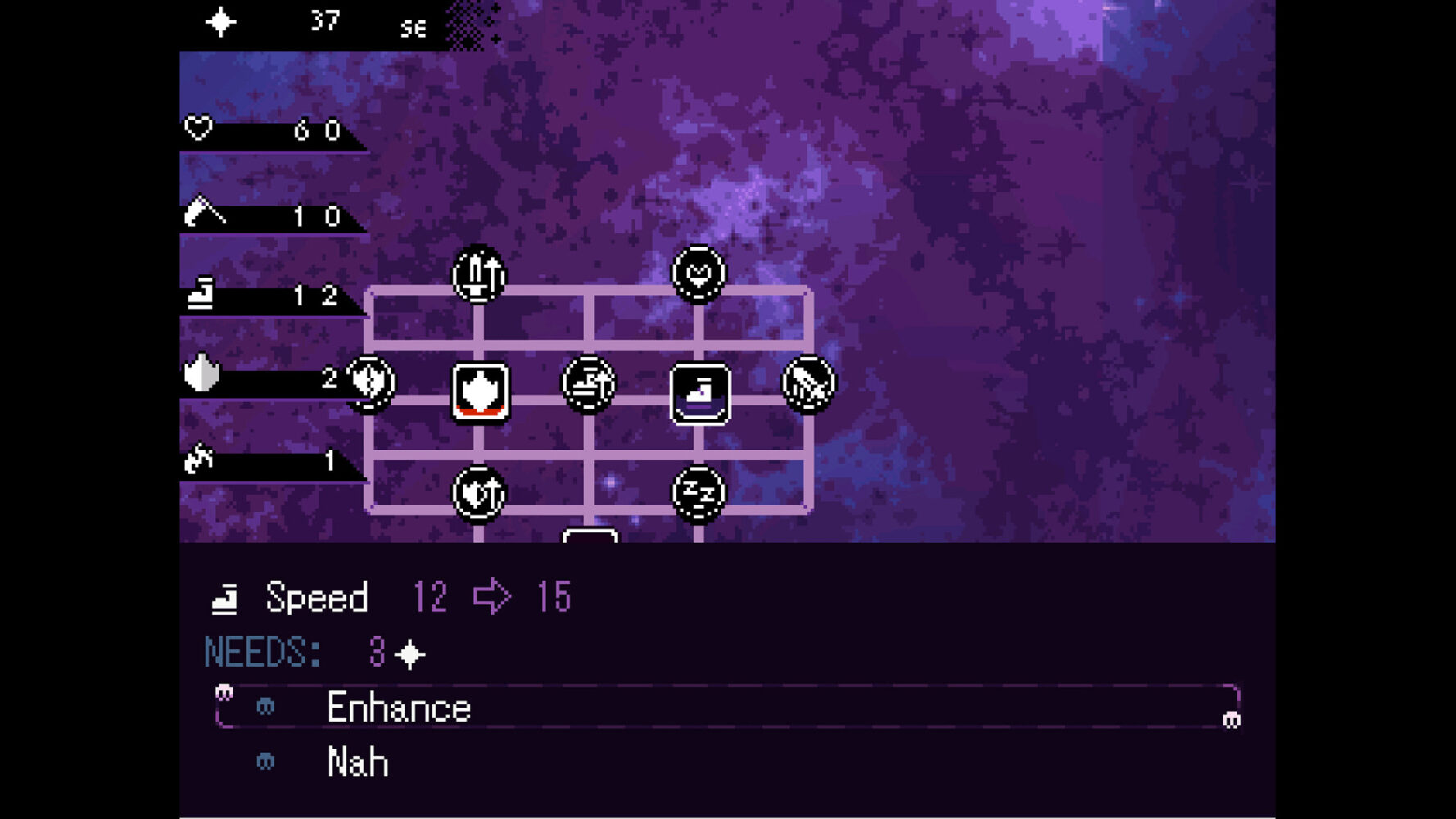
Conclusion
While combat in Grimm’s Hollow can be unnecessarily finnicky for a turn-based RPG, it isn’t enough to ruin the experience. The game has a strong central narrative and a wonderful art style, and for a free two-hour game, well worth your time.


